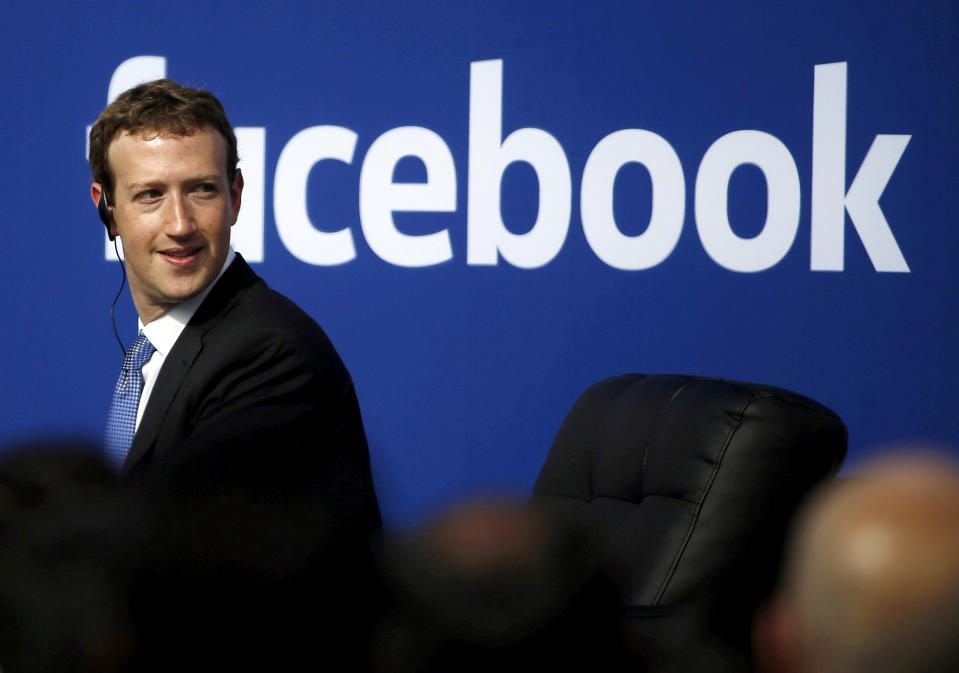Facebook's copy of Snapchat stories is a reminder of a Silicon Valley hard truth

Silicon Valley worships at the altar of profit, like the rest of the business world. But the mystic nature of computers and mythology of its leaders have long given it more buzz-wordy motivations to hide behind—like ideas. You’ve probably heard the oft-parodied lines of “changing the world” and “revolutionizing,” and perhaps been under the spell of a Steve Jobs speech or the new features in the latest iOS.
But on Tuesday Facebook gave a stark reminder that thinking up ideas isn’t necessarily that important for some of Silicon Valley’s biggest players. The company announced it would be adding its “Stories” functionality – which permits a user to post public updates that expire after 24 hours, to Facebook. This comes after Facebook rolled out its version of the Snapchat feature on its Instagram social network.
From 2013 to 2016, Snapchat “Stories” was a proper upper-case noun, something only found on that platform. A couple of issues with that feature: first, the name “Stories” is generic and ripe for copying; and second, the Stories functionality itself – temporary images and video – wasn’t all that groundbreaking. So it wasn’t surprising when Instagram rolled out its own version of Stories last summer.
As the generic versions of Snapchat’s Stories have caught on, called “stories,” boundaries have further blurred between Facebook, Instagram and Snapchat. The platforms do differ in many of the services they provide—Facebook and news; Instagram and influencers; Snapchat and direct ephemeral messaging—but the core content generated by its users once again emerges as perhaps the most important thing. When your revenue comes from advertising, in the end, it’s all about users.
“This speaks to a longstanding strategy of Facebook. When you already have a huge percentage of the world as users, the best way to grow from there is to keep those users engaged as much as possible,” says Susan Etlinger, an industry analyst at Altimeter Group.
With Snap (SNAP) now public, so is its user data, whose numbers come in at 158 million daily active users. Meanwhile, Facebook has 1.23 billion daily active users, about eight times more, and Instagram has 400 million—150 million of which use the stories functionality. Though Snap’s demographics skew much younger, the company has also been wary of the capricious nature of that cohort. “This demographic may be less brand loyal and more likely to follow trends than other demographics,” read Snap’s IPO filing.
Keeping users, and keeping them engaged, is always the directive of a social media platform, and the slope just got steeper, as it did for Twitter’s Periscope when Facebook Live stole its thunder. “Users continue to be critical to both platforms, but real growth is in engagement and the data that generates about their preferences, habits and behaviors,” says Etlinger.
For now, however, Snap may need to come up with new ideas—and potentially ones that Facebook can’t co-opt. According to Etlinger, it’s turning into “a features arms race between Snap and FB to keep users in the apps as much as possible.”
Related:
Ethan Wolff-Mann is a writer at Yahoo Finance focusing on consumer issues, tech, and personal finance. Follow him on Twitter @ewolffmann. Got a tip? Send it to [email protected].
Read more:
The trick to getting credit card fees waived? Just ask
These two companies lobby to make your taxes way harder
Chase’s Sapphire Reserve is very worth it, even with its slashed bonus
51% of all job tasks could be automated by today’s technology